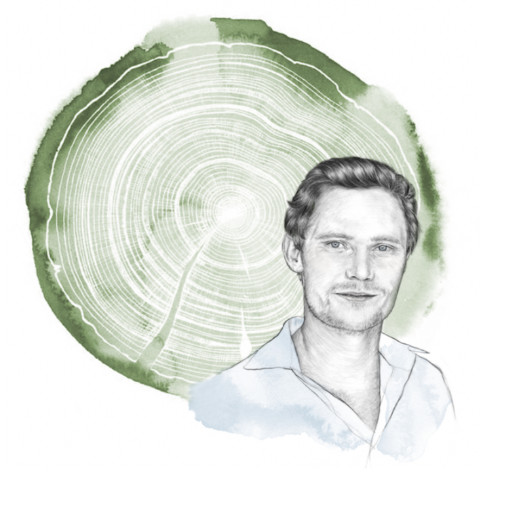Health effects from indoor and outdoor exposure to fine particulate matter in life cycle impact assessment
Abstract
Exposure to fine particulate matter (PM2.5) pollution is a major contributor to human disease burden as continuously shown in the Global Burden of Disease study series. Exposures to PM2.5 concentration outdoors and indoors contribute almost equally to this burden. Despite the importance, health impacts from exposure to PM2.5 are often excluded from life cycle impact assessment (LCIA) characterization profiles. This is in large part because of the lack of well-vetted harmonized guidance about how to consistently assess the exposures and impacts of indoor and outdoor emissions of PM2.5 and its precursors. We present a framework for calculating characterization factors for indoor and outdoor emissions of primary PM2.5 and secondary PM2.5 precursors, and a roadmap for further refining this modelling framework for operational use in LCIA. The framework was developed over the last three years by a task force convened under SETAC/UNEP auspices and culminating in a recent international expert workshop, to provide guidance and methods for estimating the health impacts associated with PM2.5 exposure and to recommend PM2.5 characterization factors for application in life cycle assessment. The framework involves three stages – analyzing PM2.5 fate and exposure (including indoor and outdoor urban/rural environments), modeling exposure-response, and the integration of exposure-response and PM2.5 exposure reflecting population and location characteristics. Our exposure model is organized as a mass balance matrix that tracks the global fate of primary PM2.5 and secondary PM2.5 precursor emissions (both indoors and outdoors) as an embedded system of compartments including urban environments, rural environments, and indoor environments within urban and rural areas. After presenting the model structure, we will review initial results and will present geographic variability, discuss key uncertainties, and evaluate our model using results from other models and concentration measurements.


